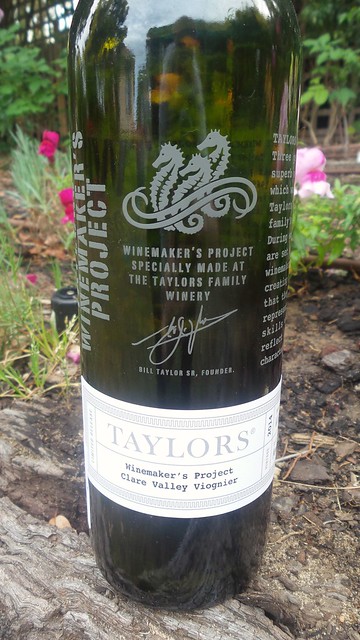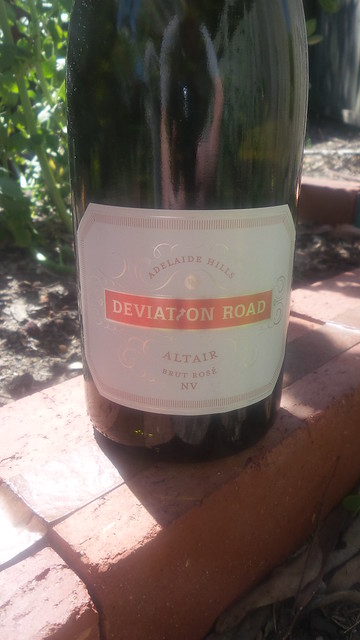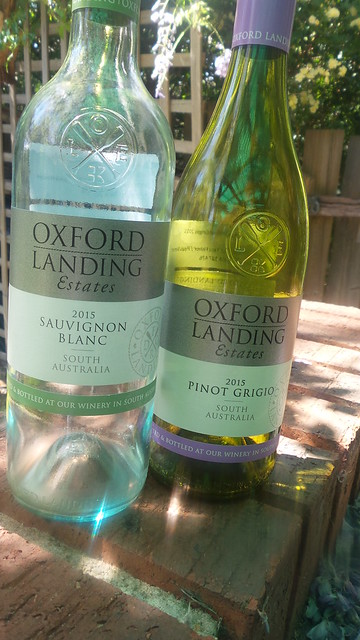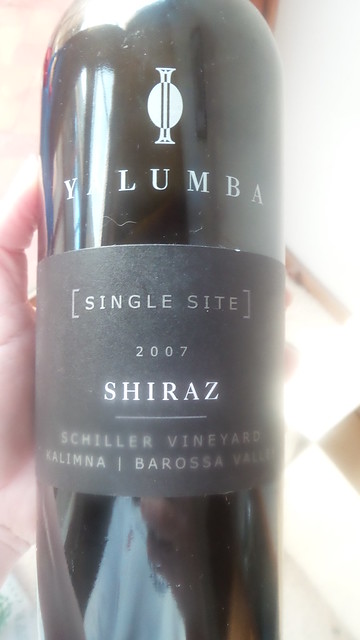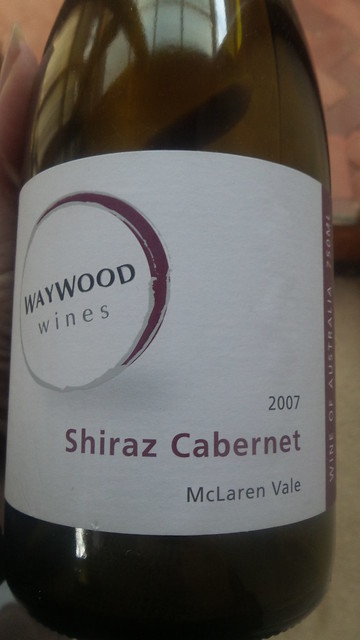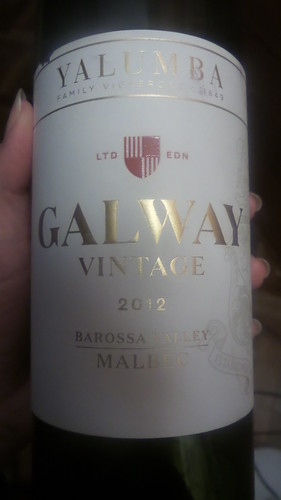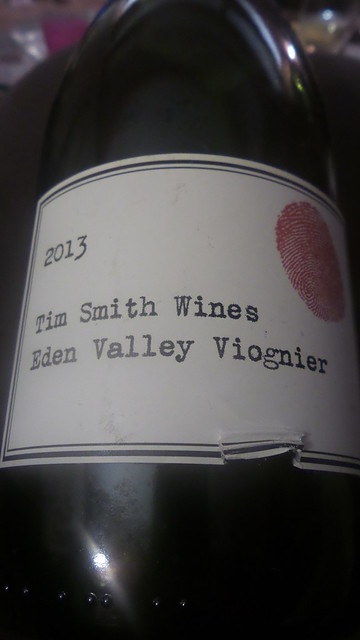Hmmm, I see that I’ve actually only reviewed two Pinot Gris (although one of those was the 2014 Deviation Road wine) and already I find myself thinking “I must find something interesting and different to say about the grape”.
To that end, I turn to Wine Grapes and I hope I’ll find a titbit that is as interesting to others as it is to me. Perhaps not – because the more obscure the wine trivia, the more exciting I find it. But bear with me, because I’ll follow it with some words about a lovely wine.
Pinot Gris is a colour mutation of Pinot Noir and has something of a muddled history in Europe. While generally considered a white wine grape, its colour is variable and can be quite dark – even, apparently, as dark at Pinot Noir. For the most part, if you stick with the idea that it’s a pinky grey (the grape, not the wine – the wine is usually very pale!), you’re on the right track.
Unsurprisingly, for anyone who has suffered one too many pub Pinot Grigios, while it is grown throughout Europe, the largest plantings are in Italy. It is also found in the Americas, Australia and New Zealand. Wrapping up the rest of the world, a tiny amount is grown in South Africa and … (and this is the really exciting wine geek fact!) Japan.
I’m an unashamed fan of the Deviation Road wines in general, and last summer the 2014 Pinot Gris was a definite highlight and this wine kicks those same goals. Yes, you can go out and buy cheaper Pinot Gris (and probably even cheaper Pinot Grigio!) but with Christmas around the corner, you should treat yourself to a bottle which you pop in the fridge and keep ready for a hot evening.
The wine
Pale straw in colour. The nose is quite pronounced and shows some rich oiliness as well as fresh pear, pear drops and even more super ripe pears.
In the mouth those pear and pear drop characters show up but there’s also refreshing lemon (and good acidity) and lemon pith for added texture. The finish could almost be described as savoury.
The wine smells, tastes and feels lovely. For me, this wine ticks the boxes of being both interesting and delicious, all in the one package.
Deviation Road Pinot Gris, sample. RRP $28.
Screwcap.
12.5% abv.



